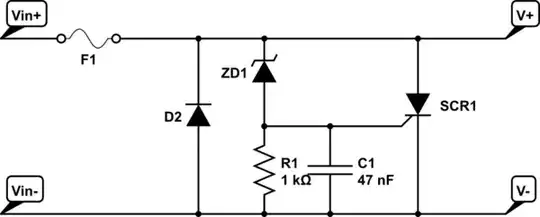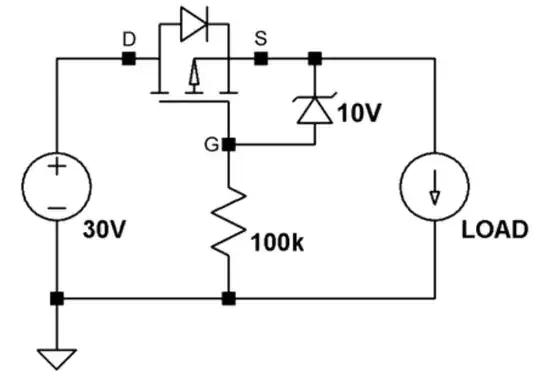I am designing a device that will include a DC power jack. There is an external wall adapter that converts the 110-230 VAC from the mains to 20 VDC. Here is the schematic:
I intend to use a standard DC power jack, such as the 694106106102 from Wurth Elektronik (URL). The device will draw a maximum of 2 A from 20 VDC.
Here is my concern: I cannot prevent people from inserting an incompatible wall adapter. Thus, I need to make sure that this will not completely destroy the device. I suppose I need to prevent reverse polarity and over-voltage.
Do I need to add other protections? How are these protections generally integrated? Are there classical schematics/components that are usually used? Up to which voltage should I ensure over-voltage protection?
Thank you for your advice.


